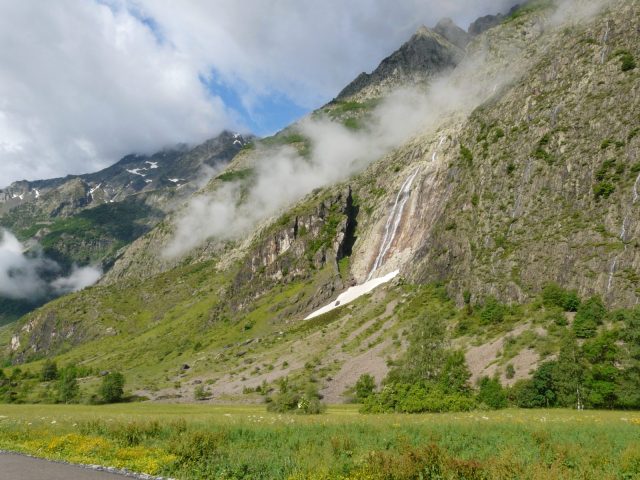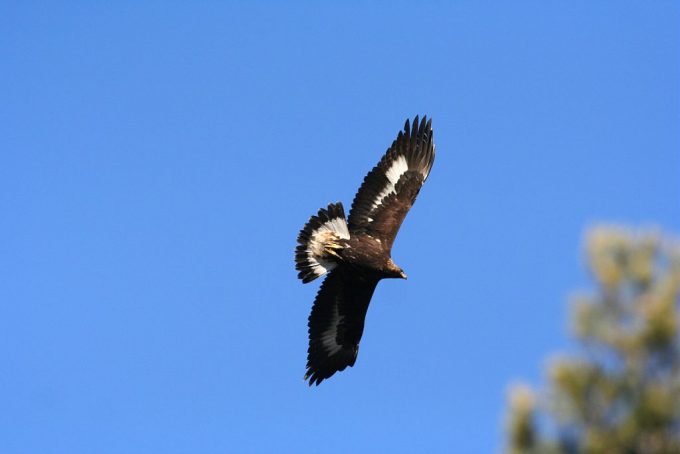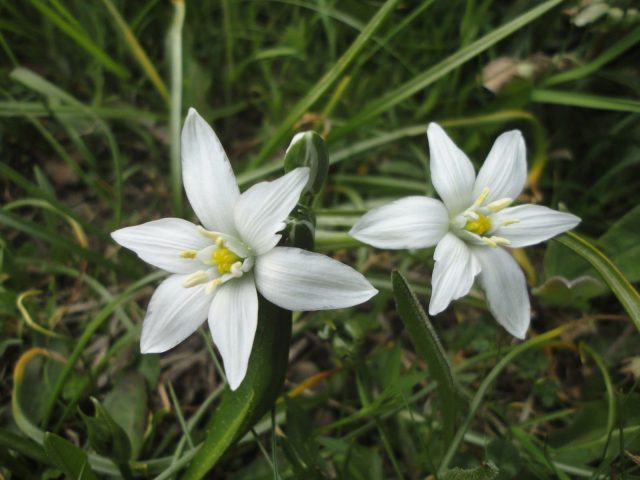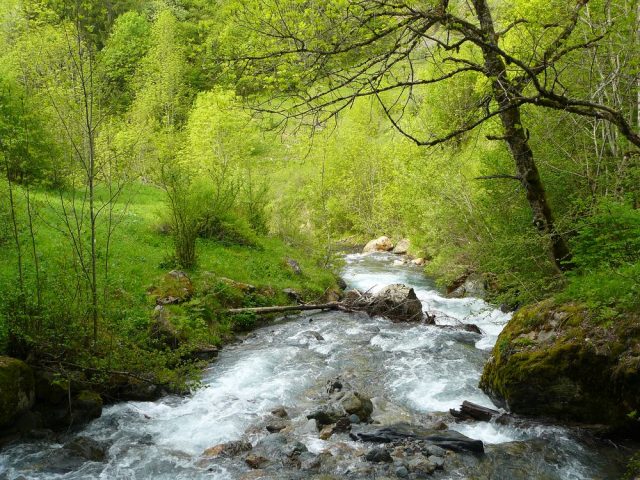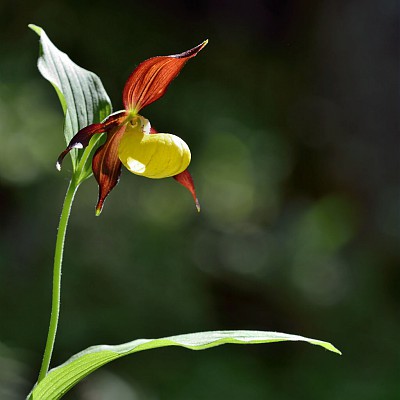The Col d'Ornon valley bears witness to the geological history of the Alps. Le Col d'Ornon (1371 m) lies at the head of this former glacial valley, where two rivers have their source, the Lignarre flowing north and the Malsanne flowing south.
About : Natura 2000 : Col d’Ornon
Located at the crossroads of several climatic influences, exposed both to the sunny south and the shady north, Le Col d'Ornon is home to a varied scope of biodiversity, illustrating the extensive range of rocks, climates and soils of the local area.
The Col d'Ornon fault is key to explaining the formation of the Alps. The Natura 2000 site covers the valley bottom and slopes of the Col d'Ornon depression. There are "naturally" outstanding places on the banks of the Col d'Ornon mountain streams, where an original and remarkable forest of white alder trees has taken root. This is the first alluvial forest upstream of the mountain streams of the Alps. The forest, which visitors can explore on an orienteering walk, is one of the biggest in Europe.
The hay meadows are of outstanding quality on both sides of the Col d'Ornon. These colourful fields are home to many species of flowers and visited by numerous insects, including the Marsh frittilary butterfly. The Valbonnais plain features many ditches and canals, criss-crossing the landscape. Some of these ditches are still home to the rare white-footed crayfish. Close to the Ornon river, the can be seen. The spring water contains gassy as calcium, which attaches itself to the rock on contact with the air, forming amazing natural sculptures. The sides of the Valley are also home to magnificent forests of beech trees, as well as alpine pastures, alternating with more land where blueberries and can be found.
En bref
French
Services
Tours
- Unguided individual tours available permanently
Download
Opening
All year round.

